What better way to celebrate Earth Day on the 22nd of April 2022 than in the Canary Islands, home to spectacular landscapes and incredible biodiversity. Read on to learn more about the lush environment of the Canary Islands archipelago from local experts.
“This archipelago has a spectacular geodiversity,” says José Francisco Pérez Torrado, geologist and professor at the University of Las Palmas de Gran Canaria. The presence of volcanoes goes a long way to explain the rich diversity in the Canary Islands from the climate to the lush vegetation and kilometre-long stretches of white sand. On the archipelago UNESCO has recognized seven Biosphere Reserves. Four territories have been declared World Heritage Sites. In addition, there are four National Parks, seven Natural Parks, and 146 Protected Natural Areas.
Torrado continues, “All scientists have come to the Canary Islands since the 18th century, because of the geological variety and richness of rocks which is only available here.” The father of volcanology, Charles Lyell, cited the low terrace of Las Palmas de Gran Canaria, located at the exit of the Julio Segundo tunnel, as a unique formation in his reference book: ‘Elements of biology’. Other important scientific figures such as Sander Von Humbolt and Leopol Von Duch have also studied the archipelago. The latter coined the term ‘caldera’ for the first time when referring to the Caldera de Taburiente in the La Palma National Park located in El Paso. Today volcanic craters of a particular type are referred to as ‘calderas’ throughout the world.
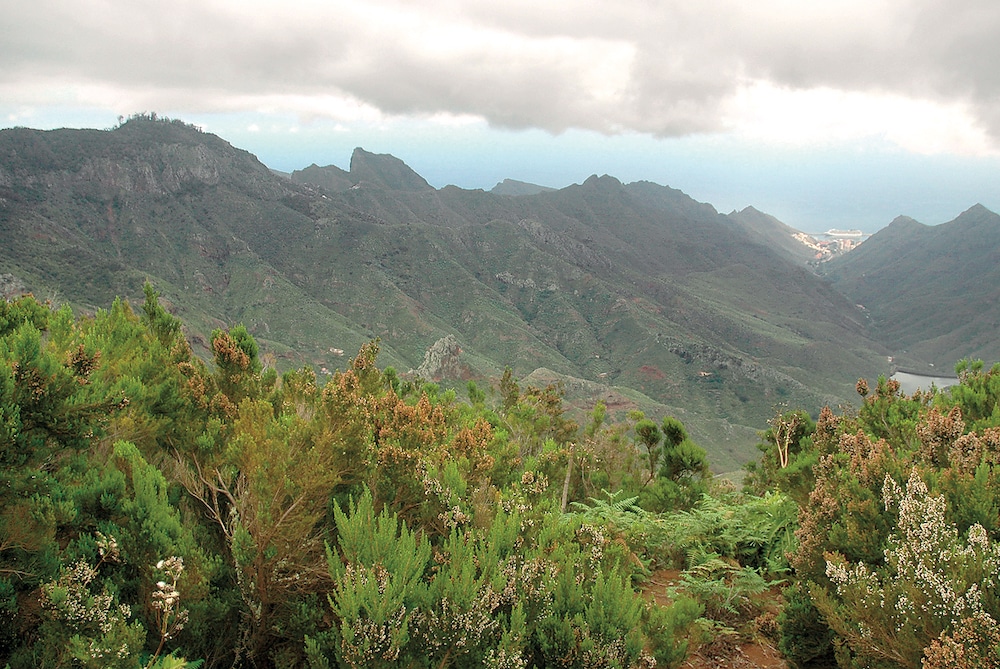
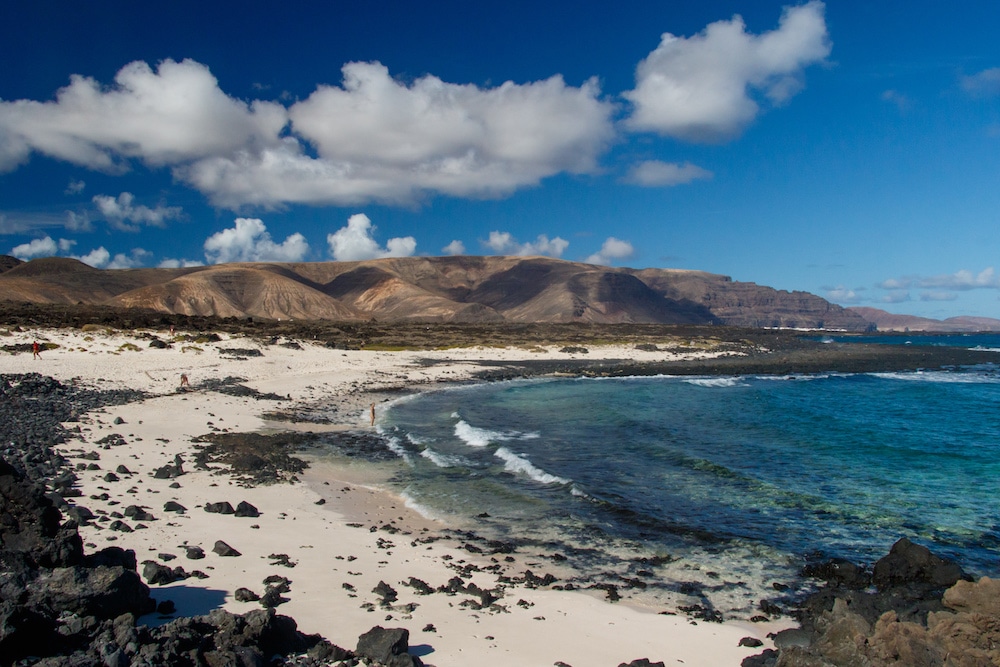
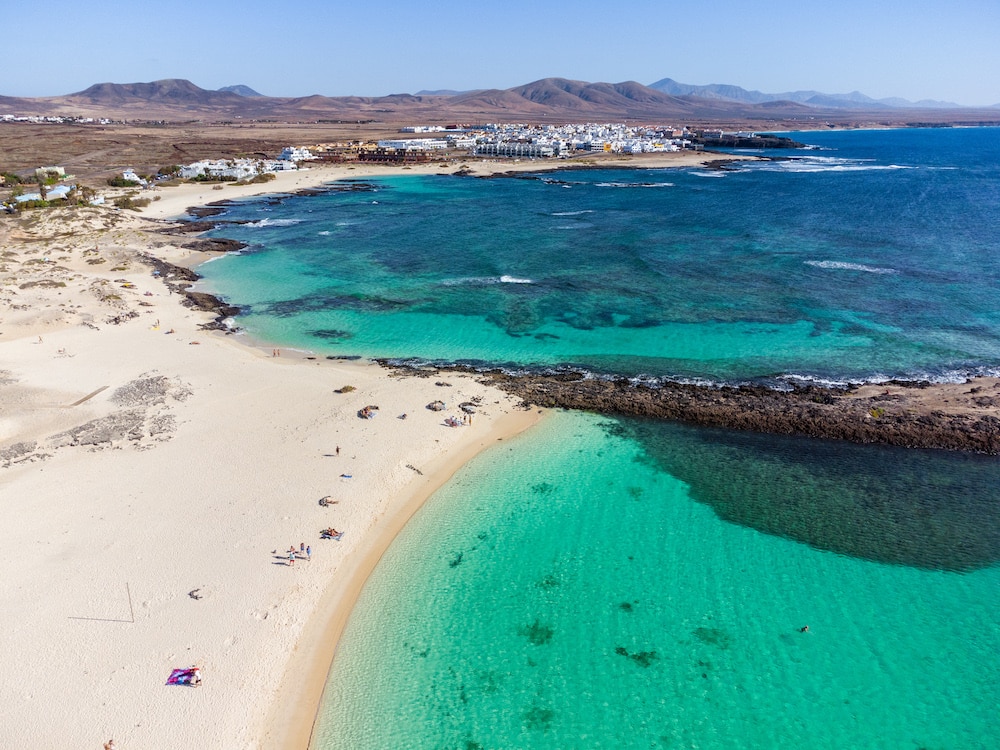
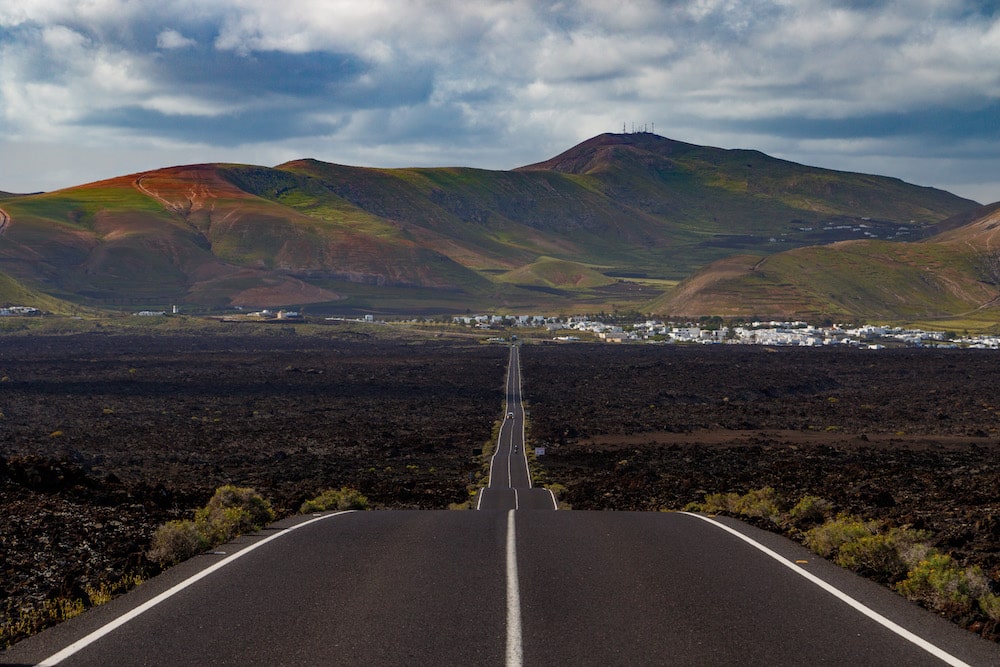
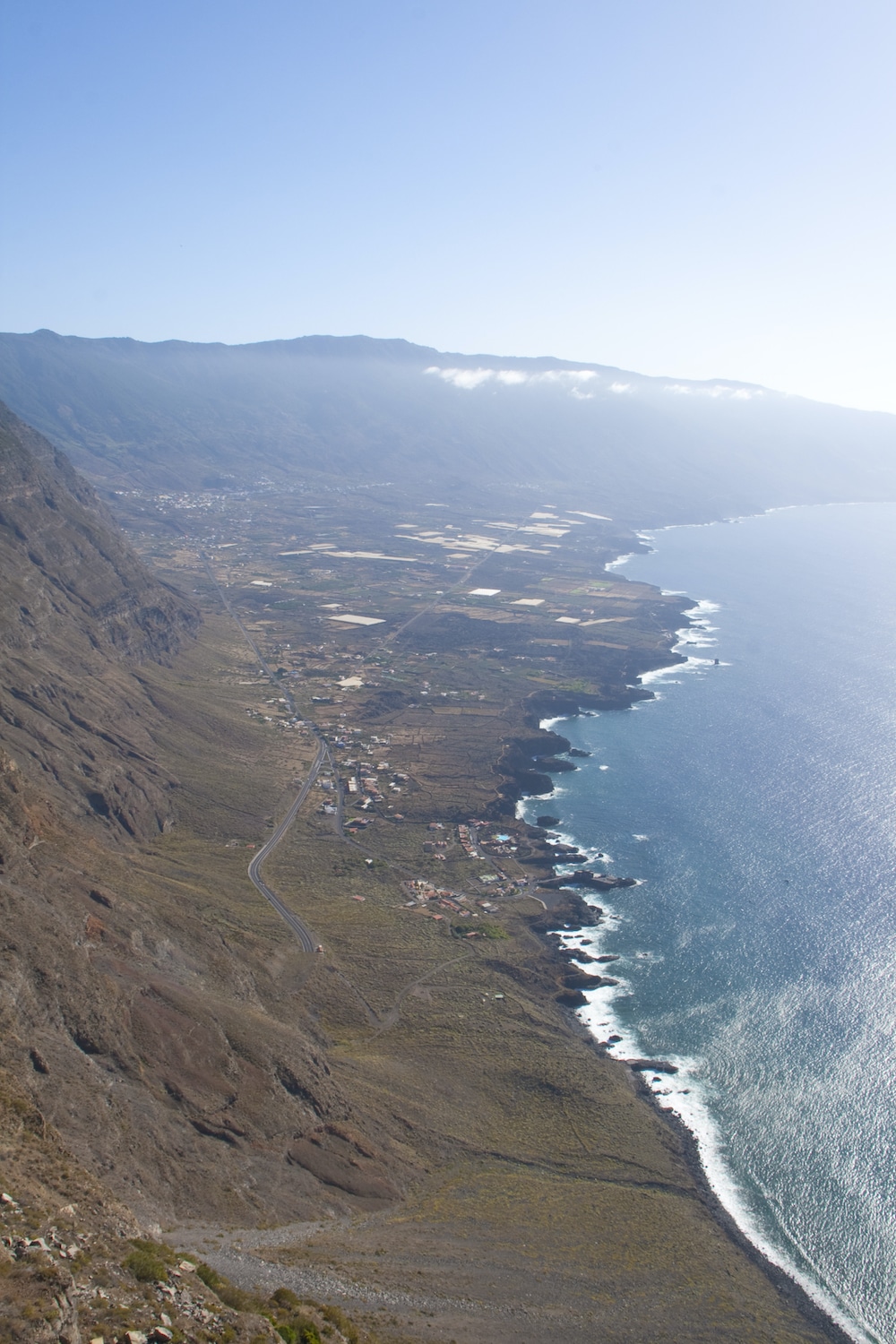
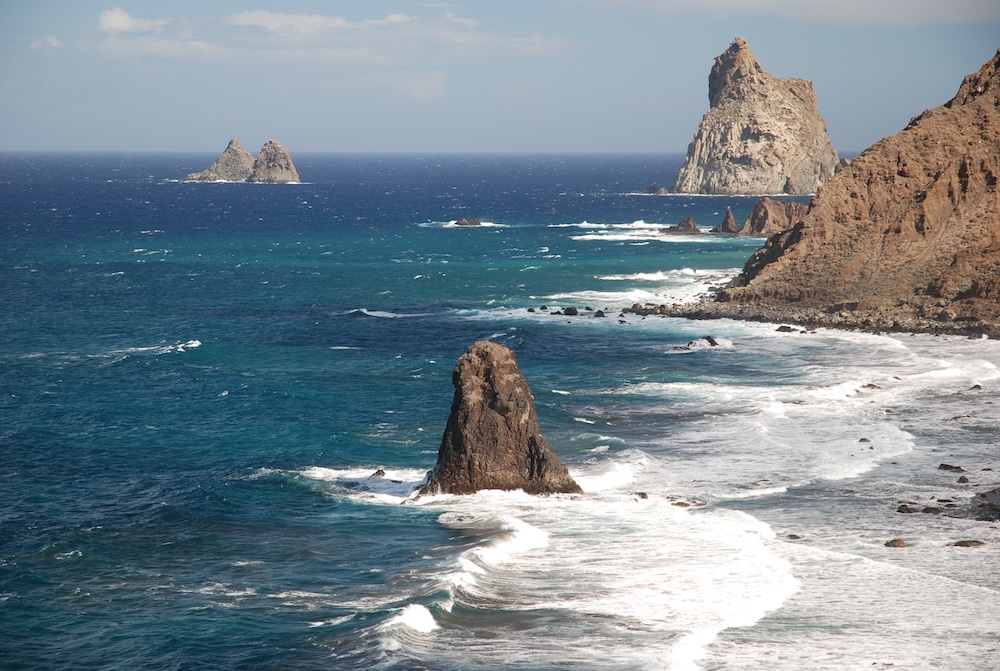
Volcanoes in the Canary Islands
Volcanic eruptions are central to the originality and incalculable value of the land of the Canary Islands. In contrast to volcanic areas such as Hawaii where eruptions are more frequent due to the configurations of the continental plates, eruptions in the Canary Islands occur rarely but create great mineral wealth. The archipelago has material with a wide variety of chemical compositions.
“When I’m at an international scientific congress I always explain that the monotonous relief of Hawaii is like going to the best Renaissance art gallery…In the Canary Islands we find Renaissance, Cubism, Abstract art…We have them all,” said Francisco Pérez. “[In the Canary Islands] we have a different relief due to the great geological wealth. Volcanoes bring dozens of materials with great geodiversity to the surface…[In the archipelago there is basalt, phonolite, trachyte and lyolite] the same material from which the Andes Mountain Range is made. And these substances are present in the Caldera de Tejeda de Gran Canaria.”
The younger islands of the Canary Islands have mountains that collide with the trade winds moving across the Atlantic Ocean.
“This explains the incredible vegetation of La Palma, El Hierro, and La Gomera. Because they still have craters, which has led them to be declared UNESCO Biosphere Reserves,” says Pérez Torrado. “The beaches have black sand. There are laurel forests and all kinds of tall vegetation.”
Examples of this mineral wealth and abundant vegetation are the Caldera de Taburiente National Park and the Garajonay National Park (recognized as a World Heritage Site by UNESCO), located in the Gomeran municipalities of Hermigua, Agulo and Vallehermoso. Notable spots also include Cueva del Faro and El Golfo, in Pinar, and Frontera, in El Hierro.
“The volcanic eruption is very fertile”, said Pérez Torrado, “because the pyroplast quickly feeds the soil thanks to the abundance of iron”. This is the reason why the islands with the oldest geological age, such as Lanzarote, La Graciosa and Fuerteventura, do not have the vegetation of the others, but rather kilometres of white sand beaches. “The mountains [present in these places] don’t have the altitude to catch the trade winds, because volcanoes have not erupted for centuries, so their climate and vegetation correspond to the last phase of the volcanic islands, the stage of the erosive relief. The Timanfaya National Park, in the municipalities of Yaiza and Tinajo, in Lanzarote, and El Cotillo Beach, in La Oliva, in Fuerteventura, are an example of this. These islands are also a UNESCO Biosphere Reserve.
Located in the middle geological age, half of the island of Gran Canaria and the Macizo de Anaga – in the Tenerife municipalities of San Cristóbal de La Laguna, Santa Cruz de Tenerife and Tegueste – have been declared Biosphere Reserves. They still have active volcanic cones, such as the Teide National Park, and ravines, cliffs and sea trenches that shape areas of lush vegetation around Cruz de Tejeda and Degollada de Las Palomas in Gran Canaria.
The presence of volcanoes and trade winds makes the Canary Islands a special place of constant change. Visitors to the archipelago can marvel at the lush forest walking trails and black and white sandy beaches which give a glimpse into the immense fertility and variety of the Earth.

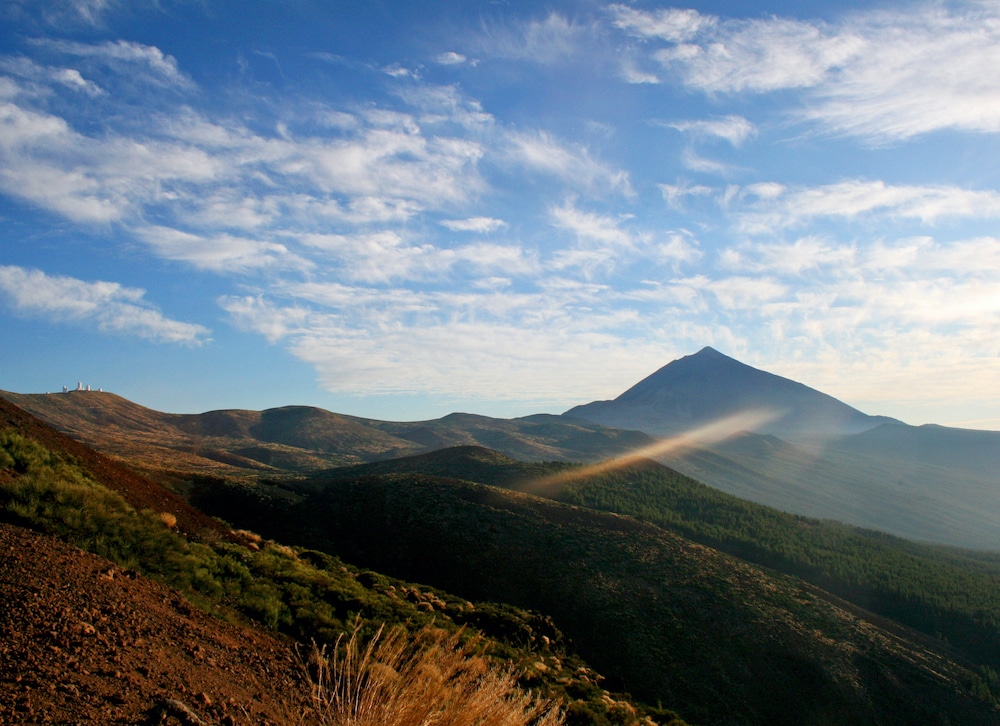
For more information on the Canary Islands, please visit www.hellocanaryislands.com


